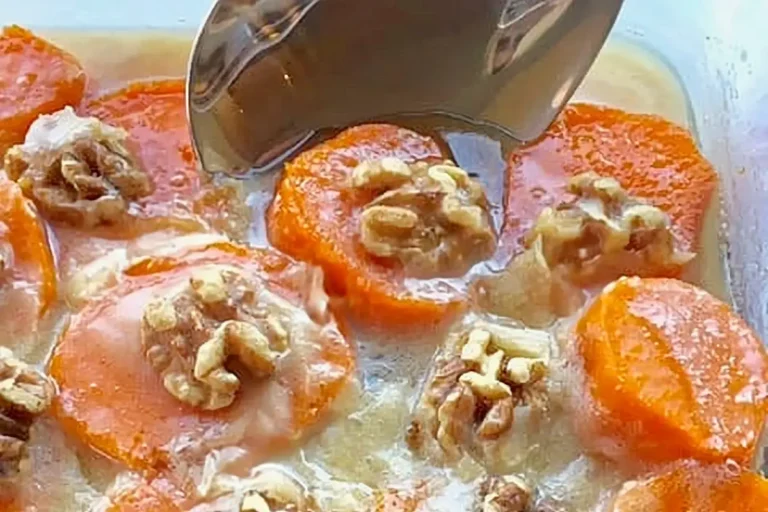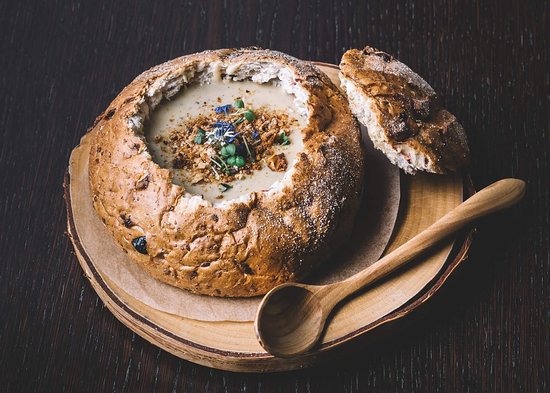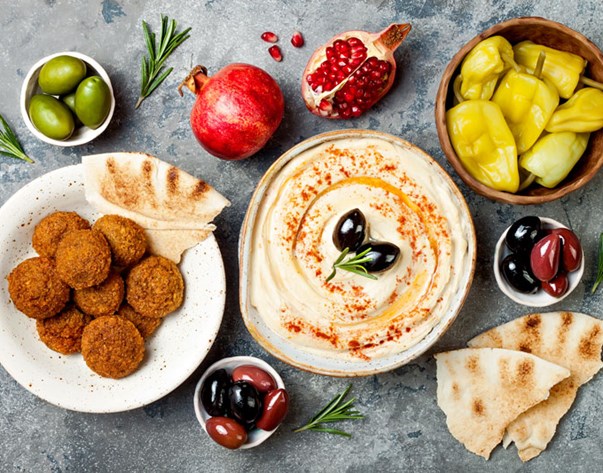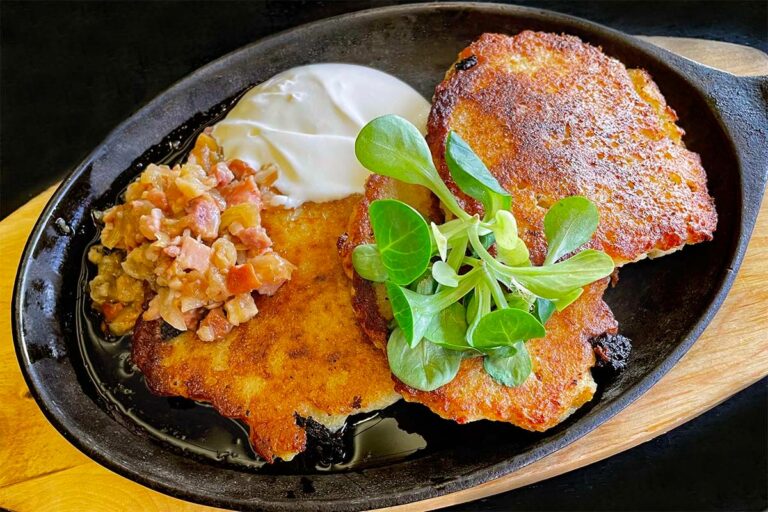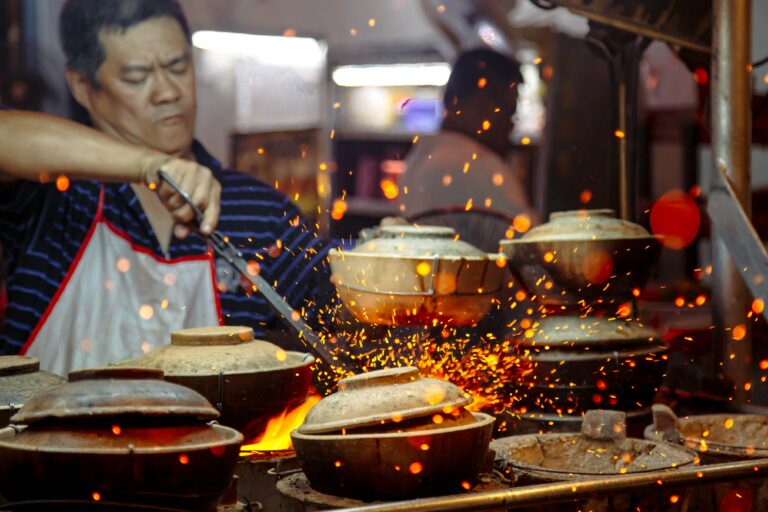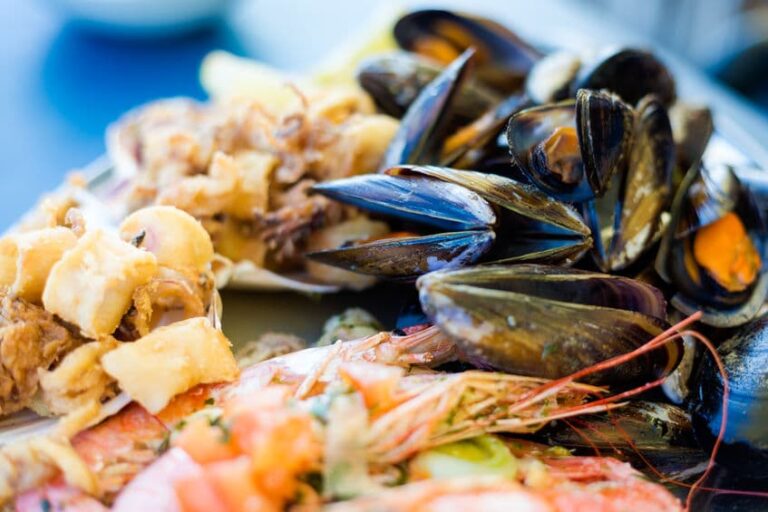Introduction: Exploring Eswatini’s Food Scene
Eswatini, formerly known as Swaziland, is a small landlocked country in Southern Africa with a rich culinary culture. The traditional cuisine of Eswatini features a variety of stews, porridges, and grilled meats, often made with locally sourced ingredients. In recent years, Eswatini has seen a rise in food festivals and events that celebrate the country’s diverse culinary traditions. These events offer locals and tourists alike a chance to experience the flavors and traditions of Eswatini’s food scene.
Overview of Eswatini’s Culinary Culture
Eswatini’s cuisine is heavily influenced by the country’s Southern African and Swazi heritage. Some of the most popular dishes in Eswatini include umncweba (dried meat), siswati salad (made with boiled potatoes, beets, and carrots), and sihlaka (a type of porridge made with sorghum or maize). The country is also known for its love of grilled meats and barbeques.
In addition to traditional dishes, Eswatini’s culinary culture is also shaped by its colonial past and its proximity to South Africa. This has led to the introduction of dishes such as curry and bobotie (a South African meat dish). Today, Eswatini’s food scene is a fusion of traditional and modern influences that reflect the country’s diverse history and culture.
Annual Food Festivals and Events in Eswatini
Eswatini’s food festivals and events offer a chance to celebrate the country’s culinary culture and traditions. Here’s a look at some of the most popular events:
Sibaya Food Festival: Celebrating Local Cuisine
The Sibaya Food Festival is one of the most popular food festivals in Eswatini. Held annually in August, the festival celebrates local cuisine and offers a chance for visitors to sample a variety of traditional dishes. In addition to food, the festival also features live music, cultural performances, and arts and crafts.
Shiselweni Agriculture Show: A Celebration of Farming
The Shiselweni Agriculture Show is an annual event that takes place in August. The show celebrates the country’s rich farming culture and offers a chance for farmers to showcase their products. Visitors can sample a variety of fresh produce, including fruits, vegetables, and dairy products. The event also features horse shows, livestock exhibitions, and cultural performances.
Swazi Indigenous Food Festival: Preserving Heritage
The Swazi Indigenous Food Festival is a celebration of traditional Swazi cuisine. The event takes place in September and offers a chance for visitors to sample a variety of dishes made with locally sourced ingredients. The festival also includes cultural performances, arts and crafts, and workshops on traditional cooking methods.
Eswatini Cheese and Wine Festival: A Gourmet Affair
The Eswatini Cheese and Wine Festival is a gourmet event that features a variety of local and international cheeses and wines. The event takes place in November and offers a chance for visitors to sample some of the best cheeses and wines from around the world. The festival also includes live music, cultural performances, and food stalls.
Other Food Events and Festivals in Eswatini
In addition to these major events, Eswatini also hosts a variety of smaller food events throughout the year. These events include food markets, wine tastings, and cooking classes. Visitors can also sample traditional dishes at restaurants and cafes throughout the country. With its rich culinary culture and growing food scene, Eswatini is a destination that is sure to delight foodies from around the world.

